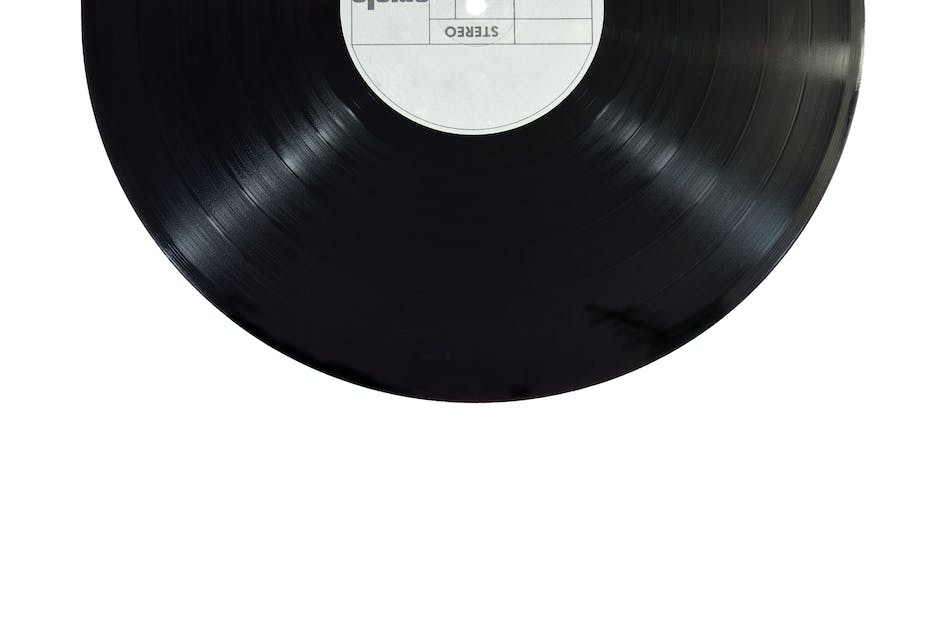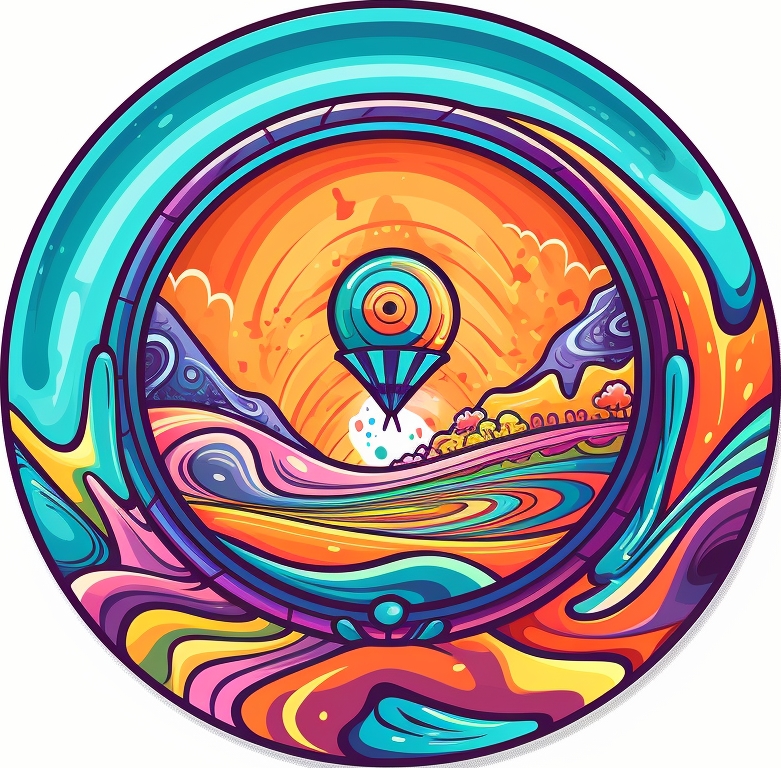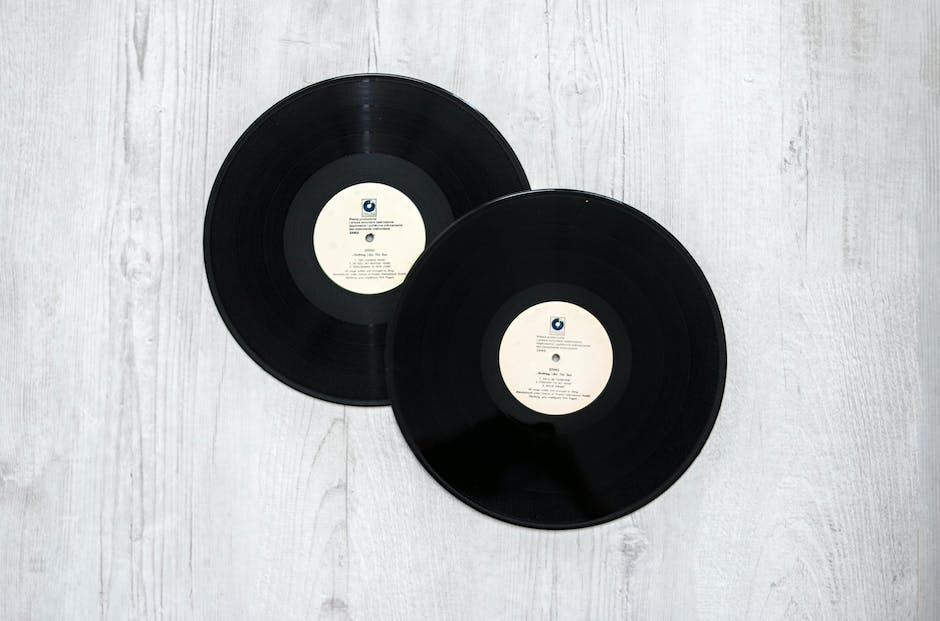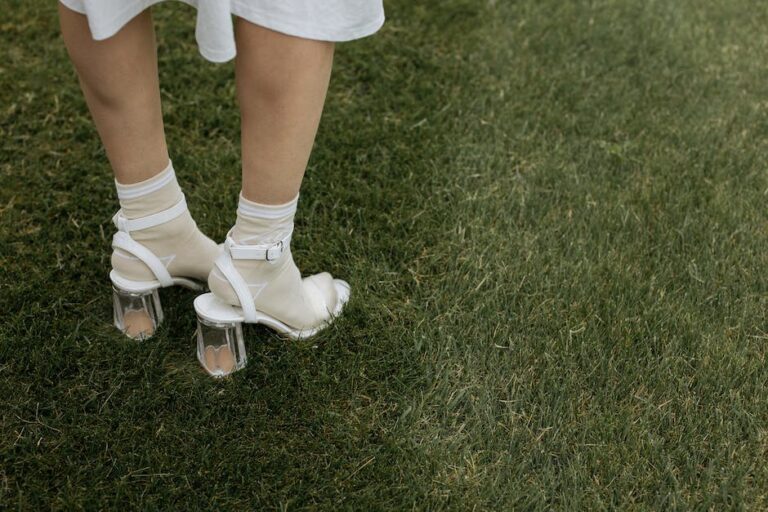The Latest Disc Golf Disc Designs and Innovations: A Guide to Cutting-Edge Technology
When you’re looking to improve your disc golf game, nothing matters more than having the right equipment. But with so many new disc golf discs hitting the market every year, it can be tough to keep up with all of the latest trends.
One area where we’ve seen significant advancements in disc golf over the past few years is in the materials used to make discs. While traditional plastics like Pro, Champion, and Star are still popular, manufacturers are experimenting with new materials like Titanium, Z, and ESP.
These new materials offer unique properties and benefits that can help enhance your game. For example, Titanium is known for its durability and resistance to wear and tear. This makes it perfect for discs that are meant to be used a lot, like drivers and midranges.
Z plastic, on the other hand, is incredibly stiff and gives discs a consistent, reliable flight. This makes it an excellent choice for putters and midrange discs where precision is key.
And then there’s ESP plastic, which is known for its softness and flexibility. This makes it ideal for discs that need to be popped up in the air quickly, like fairway and distance drivers.
Innovative Rims: How Designs are Changing the Game
The rim of a disc golf disc is what separates it from other types of frisbees or flying objects. As such, the design and shape of the rim can have a significant impact on the flight and overall performance of a disc.
In recent years, disc golf manufacturers have been experimenting with new rim designs to create discs that fly farther, straighter, and more accurately. One of the most popular trends in rim design is the use of wider rims, which can help increase the speed of the disc while also providing extra grip.
Another innovative rim design is the “beadless” rim, which eliminates the small bump on the underside of traditional rims. Beadless rims provide a smoother feel and often lead to increased accuracy in flight.
We’re also starting to see more and more discs with “thumb tracks” or other indentations on the top of the rim. These features are designed to provide more comfort and better grip for throwers, especially those with larger hands.

Beyond Driver, Midrange, and Putter: Specialty Discs
While drivers, midranges, and putters are the staples of any disc golf bag, there are plenty of other types of discs out there to fit specific needs. These specialty discs can provide added versatility and performance to your game.
Some examples of specialty discs include “overstable” and “understable” discs, which respectively fly left-to-right and right-to-left. These can be useful for shots that require more precision and control than a driver or midrange can offer.
There are also “roller” discs that are specifically designed to help you execute a disc golf “roller shot” in which the disc rolls along the ground for the majority of its flight. And “hybrid” discs that perform like a combination of two or more other types of discs, giving you the best of both worlds.
By expanding your selection of discs to include a variety of specialty discs, you can improve your game and be ready to handle any challenge the course throws your way.
Flights Numbers and Stability: Understanding the Science
Disc golf discs are designed to fly in a specific way, and understanding their flight numbers and stability is crucial to getting the most out of your game. The flight numbers, which are printed on the disc, indicate four key characteristics: speed, glide, turn, and fade.
The speed rating is a measure of how fast the disc needs to be thrown to achieve its optimum flight path. Glide refers to how much the disc will continue to fly forward after its initial release. Turn indicates how much the disc will curve to the right (for right-handers) during its flight. Finally, fade is the degree to which the disc will curve back to the left at the end of its flight.
In addition to understanding flight numbers, it’s also important to know about disc stability. Stability refers to how much a disc resists turning in flight. Overstable discs will curve to the left (for right-handers) even when thrown flat, while understable discs will curve to the right in the same situation.
By understanding how flight numbers and stability work, you can choose the best disc for each shot and learn how to control its flight more effectively.
Custom Stamps and Dyes: Personalizing Your Discs
One of the most exciting parts of owning a disc golf disc is customizing it with your own personal touch. There are two main ways to do this: custom stamps and dyes.
Custom stamps are a great way to personalize your disc while also making it easier to identify on the course. You can choose a design that reflects your personal interests or add custom text to display your name or a favorite quote.
Another popular way to customize discs is by adding a dye. Dyeing is a process where a design is applied to the top of the disc using a special chemical solution. This can result in intricate designs and vibrant colors that make your disc stand out on the course.
When choosing a custom stamp or dye design for your disc, make sure to keep the rules of disc golf in mind. The PDGA has strict guidelines on what is allowed in terms of stamp and dye designs, so be sure to stay within the rules to avoid any penalties on the course.
Customizing your discs is a great way to show off your personality and make your gear stand out, so have fun with it!
Eco-Friendly Discs: Going Green on the Course
Disc golfers love the great outdoors, and many are also committed to minimizing their impact on the environment. That’s why a growing number of disc golf manufacturers are offering eco-friendly discs made from biodegradable materials.
These discs are typically made from a combination of natural materials like hemp and recycled plastics. They still offer high performance and durability but are also designed to break down naturally over time, reducing the amount of waste found on the course.
By choosing eco-friendly discs, you can reduce your carbon footprint and help protect the planet while enjoying your favorite sport. Plus, you’ll have the satisfaction of knowing that your gear is as environmentally conscious as you are.
Future Trends: What’s Next in Disc Golf Disc Technology?
Disc golf discs have come a long way in recent years, with new designs and materials making them more reliable and high-performing than ever before. But what will the future hold for disc golf technology?
One possibility is the use of “smart” discs that come equipped with sensors and other technology to help players track their performance and make better decisions on the course.
We may also see the development of more eco-friendly materials and manufacturing processes, as well as continuing advancements in rim and flight designs.
Ultimately, the future of disc golf technology will depend on the needs and preferences of players. As the sport continues to grow in popularity, we can expect to see more innovation and development in the years to come.
If you’re a serious disc golf player, it’s worth keeping an eye on these emerging trends and developments to stay ahead of the curve and take your game to the next level.







